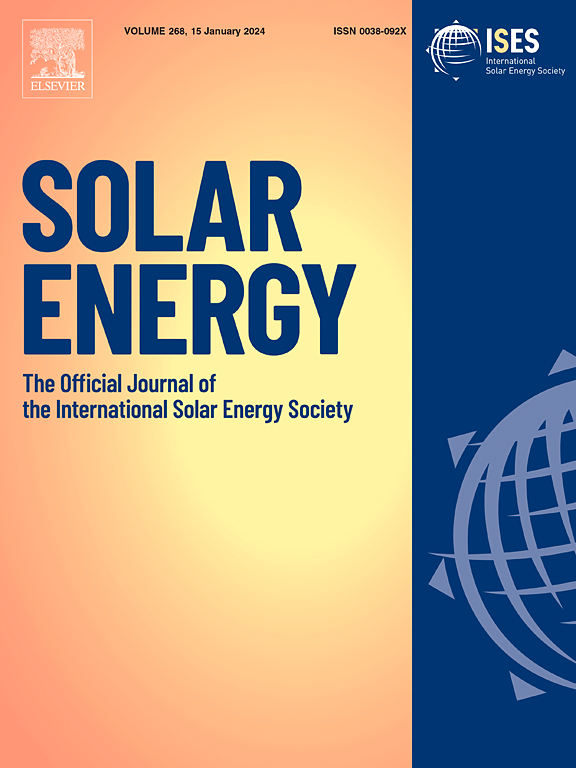A hybrid global wolf pack algorithm-based incremental conductance method under partial shading conditions
IF 6
2区 工程技术
Q2 ENERGY & FUELS
引用次数: 0
Abstract
Solar photovoltaic (PV) power generation plays a crucial role in addressing energy shortages, promoting energy conservation, and reducing emissions. The efficiency and reliability of PV systems are enhanced by maximum power point tracking (MPPT) technology, which also helps to lower application costs. However, traditional MPPT methods often get trapped in local optima under partial shading, while intelligent methods fail to eliminate steady-state oscillations, causing unnecessary power losses. Therefore, a hybrid global wolf pack algorithm-based incremental conductance method (GWPA-FINC) is proposed to reduce oscillation along with improving the identification of the global maximum power point (GMPP) region under partial shading conditions. GWPA-FINC’s performance is evaluated in seven scenarios: static and dynamic partial shading (scenario 1 to scenario 4), scenarios of varying temperature (scenario 5 to scenario 7). A comparative analysis is conducted with Particle swarm optimization (PSO), gray wolf optimization (GWO), sand cat swarm optimization (SCSO), wolf pack algorithm (WPA) and global wolf pack algorithm (GWPA), focusing on steady-state oscillation. Across all experimental scenarios, the power oscillation reduction up to 92.37% and voltage oscillation reduction up to 95.86% are achieved, with a tracking efficiency of 99.99%. These results indicate that the proposed GWPA-FINC effectively addresses the GMPP optimization challenge, significantly enhancing both steady-state performance and system efficiency under shading conditions.
求助全文
约1分钟内获得全文
求助全文
来源期刊

Solar Energy
工程技术-能源与燃料
CiteScore
13.90
自引率
9.00%
发文量
0
审稿时长
47 days
期刊介绍:
Solar Energy welcomes manuscripts presenting information not previously published in journals on any aspect of solar energy research, development, application, measurement or policy. The term "solar energy" in this context includes the indirect uses such as wind energy and biomass
 求助内容:
求助内容: 应助结果提醒方式:
应助结果提醒方式:


